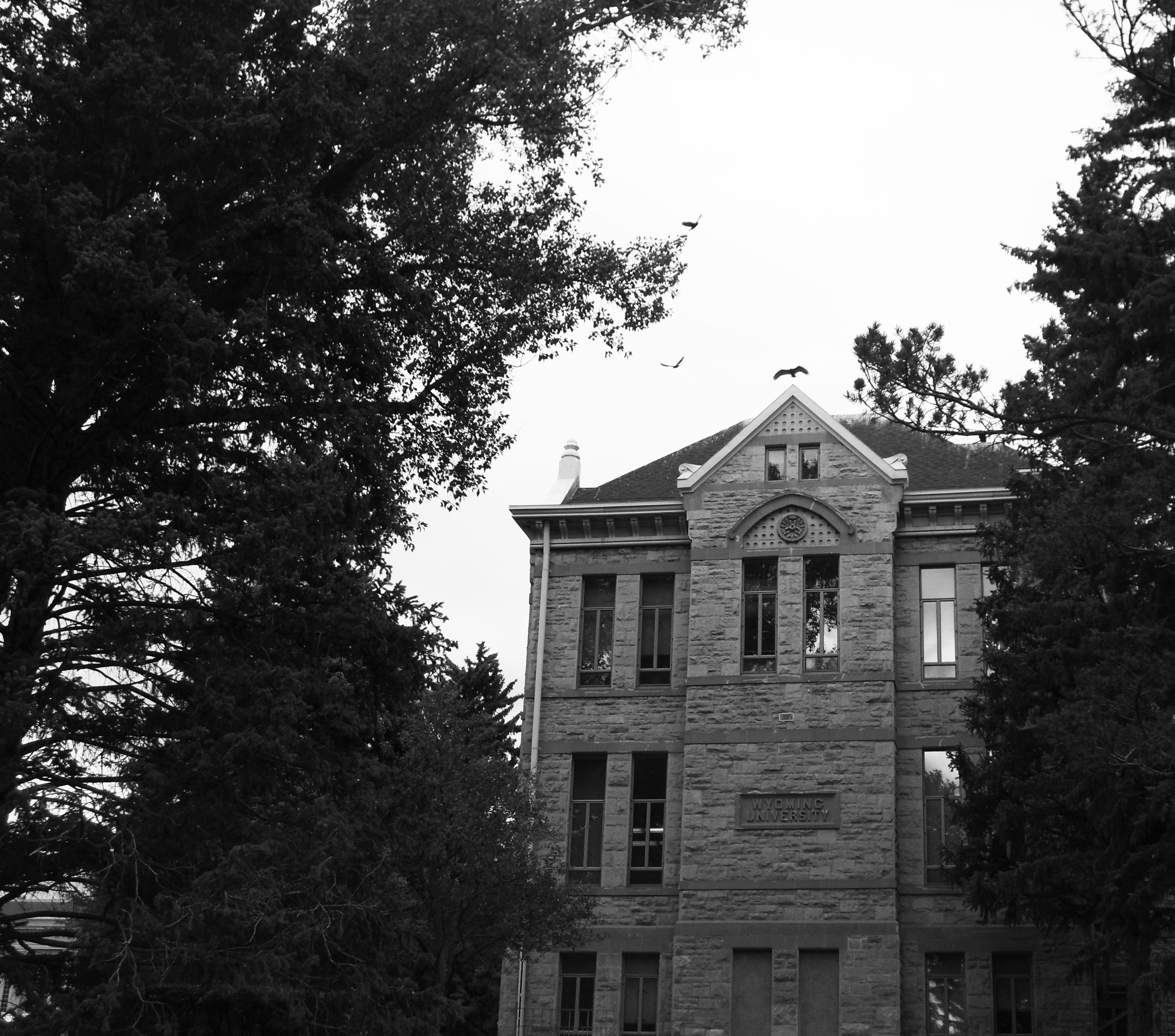Monika Leininger
Mleinin1@uwyo.edu
A large population of turkey vultures have made home in the trees by Old Main on the UW campus, and their presence has ruffled some feathers in the community.
During the late spring and summer the birds tend to inhabit the southeast corner of campus.
“They’re native to the area,” UW graduate and Ph.D. Biology student at University of North Carolina Johnathan Rader said. “I believe that they inhabit the campus because of the tall trees. The trees provide visibility and the open area allow the birds to see prey.”
Rader has been researching how different elevations can affect large birds flight performance. Rader said his interest in large birds began at UW with this very population of turkey buzzards.
“During the day the buzzards are out and about feasting on their delicious dead prey – at nighttime they come back to rest in the trees,” Rader said. “They only eat dead animals, they pose no real danger.”
Despite the serene nature of the birds, there is conflict surrounding the bird’s innate defecation. Often, employees at old main find the turkey buzzards to be a nuisance.
“They make a real mess of the sidewalk, sometimes we have to cover our noses when we walk in,” Mandy Endsley, accounts payable assistant,, said.
UW has taken measures to deter this population from the campus area.
Scott E. Royce, deputy director, and facilities services workers at Physical Plant said different measures have been taken to discourage the birds from their current location.
“The vultures are protected by both federal legislation as well as international treaty, so what you can legally do is limited,” Royce said. “We have tried a number of procedures that were approved and recommended by the forest service, one of them was a motion activated sprinkler head on the roof of Old Main. We also tried artificial sounds that they’re supposed to be afraid of, such as a number of predatory cats and other birds.”
In order to fool the birds, artificial vultures were hung upside down in the campus trees, as living vultures do not enjoy being around dead of their own kind, Royce said.
However, not everyone views the birds as an annoyance.
“I can understand how some people would view the birds as a nuisance, but in my opinion having one hundred plus vultures on campus trumps any minor nuisance,” Rader said. ‘”They are a migratory bird, they migrate to central or South America for the winter.”
Raider said it is likely the buzzards will leave the area relatively soon, and the same population will return in the spring.



